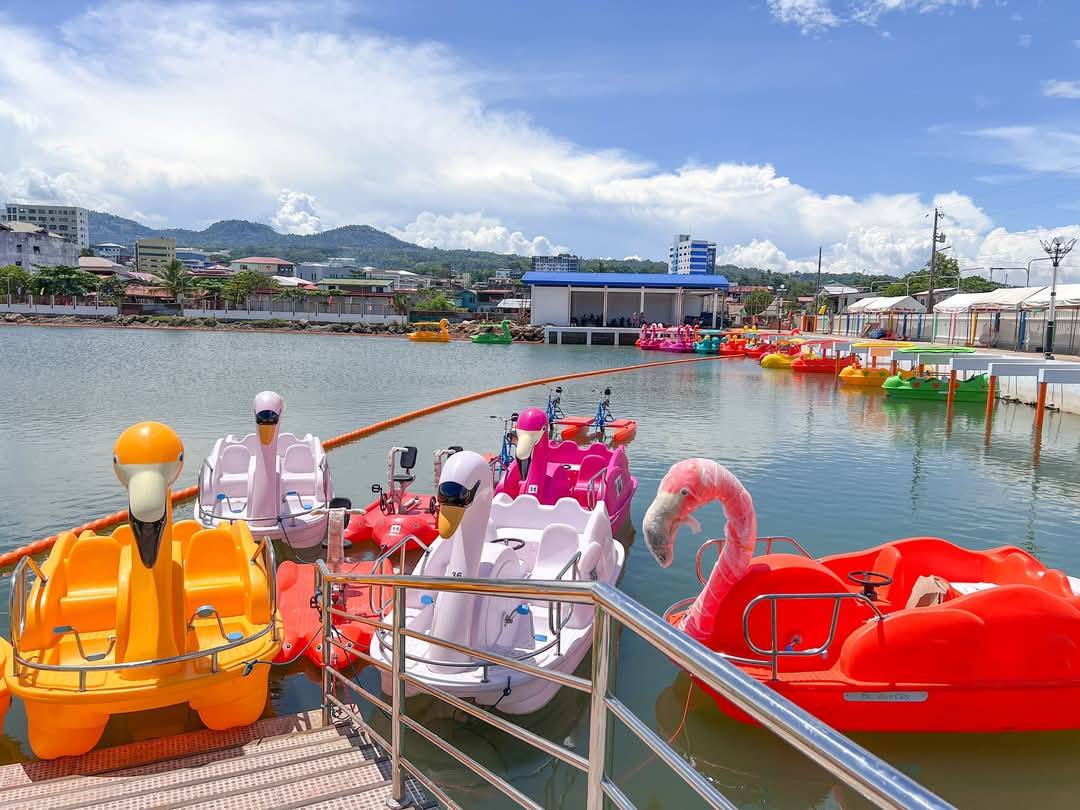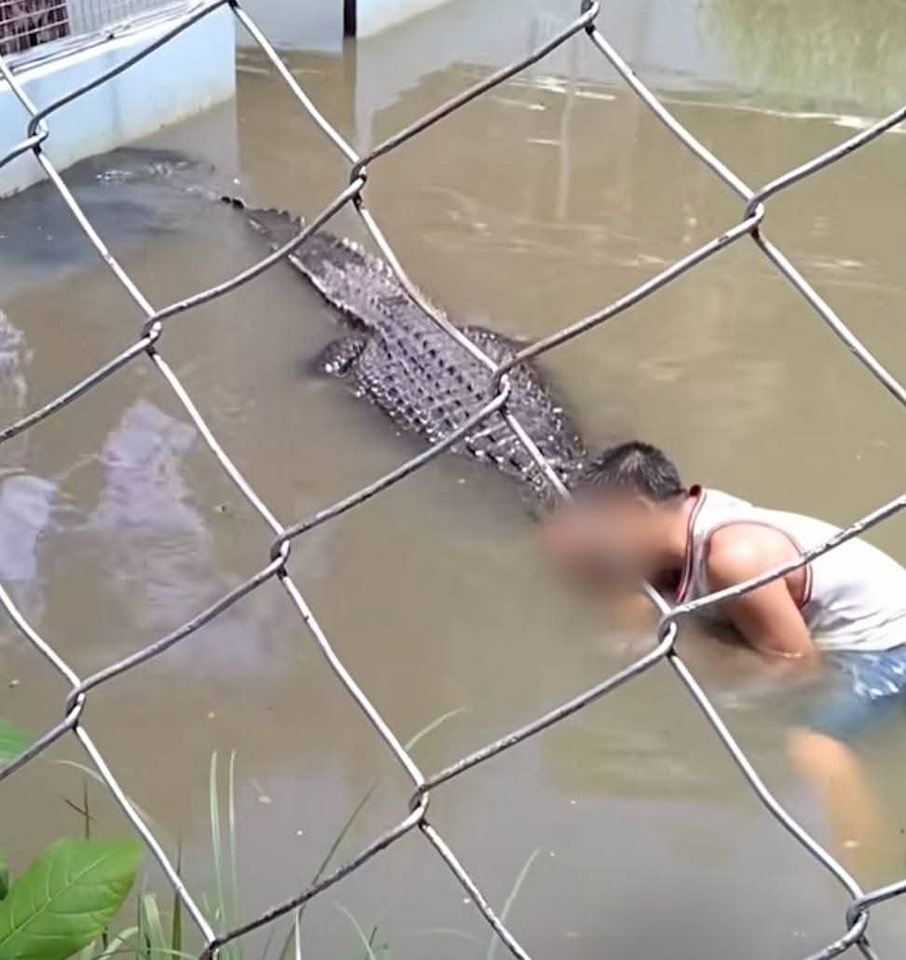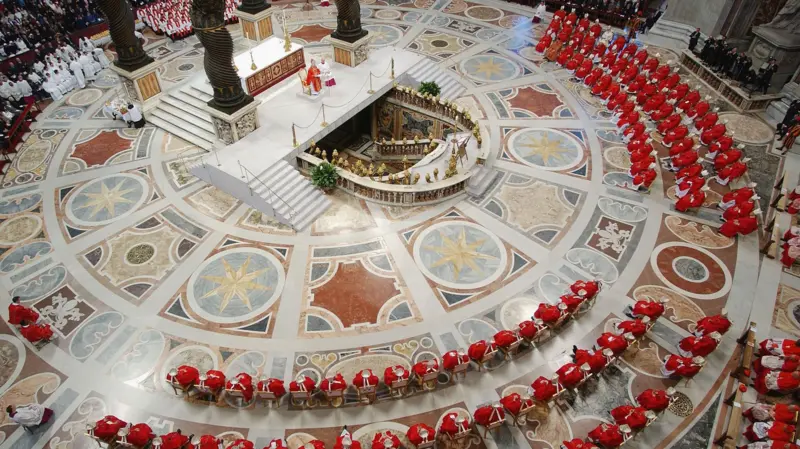The Department of Public Works and Highways (DPWH) has reported that the Samal Island-Davao City Connector (SIDC) Project has made significant progress, achieving over 12 percent physical accomplishment and is on track for completion by 2028.
In an inspection report submitted to DPWH Secretary Manuel M. Bonoan, Senior Undersecretary Emil K. Sadain highlighted that construction efforts for the 4.76-kilometer SIDC are currently focused on the foundation and substructure. He emphasized that strict control measures are being enforced to ensure the structural integrity and safety of the bridge.
“In line with President Marcos’ directive to accelerate critical infrastructure projects, DPWH is committed to pushing forward with the SIDC to ensure timely and transparent delivery, all while adhering to the project’s budget,” said Sadain on April 11, 2025.
Additionally, DPWH reported that the first bi-directional static load test for the offshore pile on the Island Garden City of Samal (Igacos) has been successfully conducted. This test, using a load cell installed within a reinforced cage, is crucial for verifying the strength and safety of the deep foundation.
Significant progress has been made in the structural development of the Samal Island-Davao City Connector (SIDC) bridge, with all 74 board piles for the east lands viaduct on the Island Garden City of Samal (Igacos) side now completed. On the Davao City side, 73 out of 110 board piles have been poured, along with four of the 26 columns, each standing at 10 meters high. Additionally, four bored piles for the navigation bridge on both sides have been completed.
Work on the bridge ramps is also underway, with 40 out of 133 bored piles already poured. The Department of Public Works and Highways (DPWH) reported that preparatory activities are also in progress for road widening along Daang Maharlika, including the relocation of utility poles, installation of fencing, and the clearing of structures and obstructions.
To ensure marine safety, four registered navigational buoys were installed offshore, in collaboration with the Philippine Coast Guard (PCG). Furthermore, land acquisition is progressing steadily, with about 83 percent of the required properties already acquired, while the remaining properties are in the process of finalization.
Once completed, the SIDC will feature a four-lane extradosed bridge with a 530-meter main span, a 570-meter land viaduct on the Davao side, and a 395-meter land viaduct on the Samal side. The project will also include marine viaducts measuring 350 meters on the west side and 510 meters on the east side, as well as ramps connecting to the R. Castillo–Daang Maharlika junction in Davao City. Additionally, there will be a 24-meter-wide at-grade road with a roundabout in Barangay Limao, Igacos.
According to DPWH, the completed bridge is expected to significantly enhance regional connectivity, stimulate economic growth, and boost tourism in the Davao Region, serving as a symbol of progress under the Bagong Pilipinas vision.
The project is funded through an Official Development Assistance (ODA) loan from China and is being implemented under a contract with the China Road and Bridge Corporation. The design and build contract is valued at P20.84 billion.

 Business9 months ago
Business9 months ago
 Dipolog1 year ago
Dipolog1 year ago
 Dipolog1 year ago
Dipolog1 year ago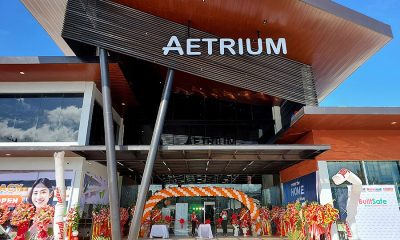
 Business1 year ago
Business1 year ago
 Business9 months ago
Business9 months ago
 Dipolog1 year ago
Dipolog1 year ago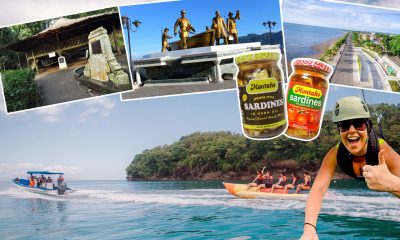
 Dipolog1 year ago
Dipolog1 year ago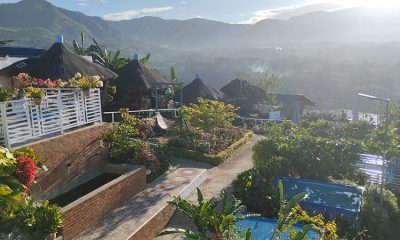
 Dipolog1 year ago
Dipolog1 year ago





